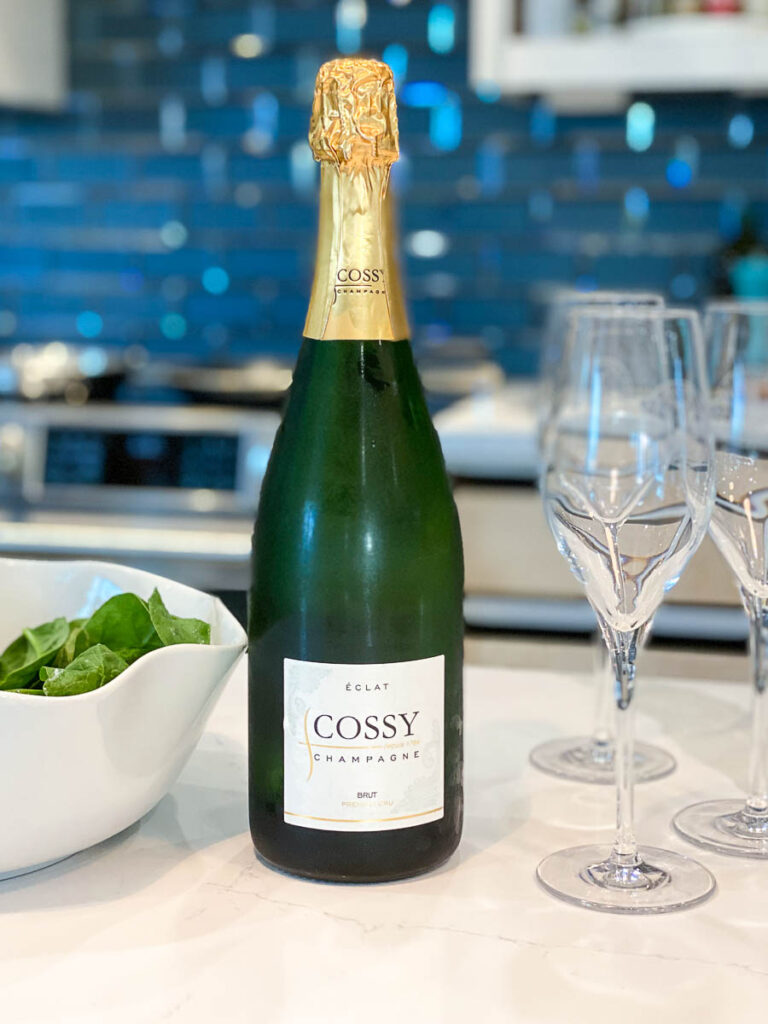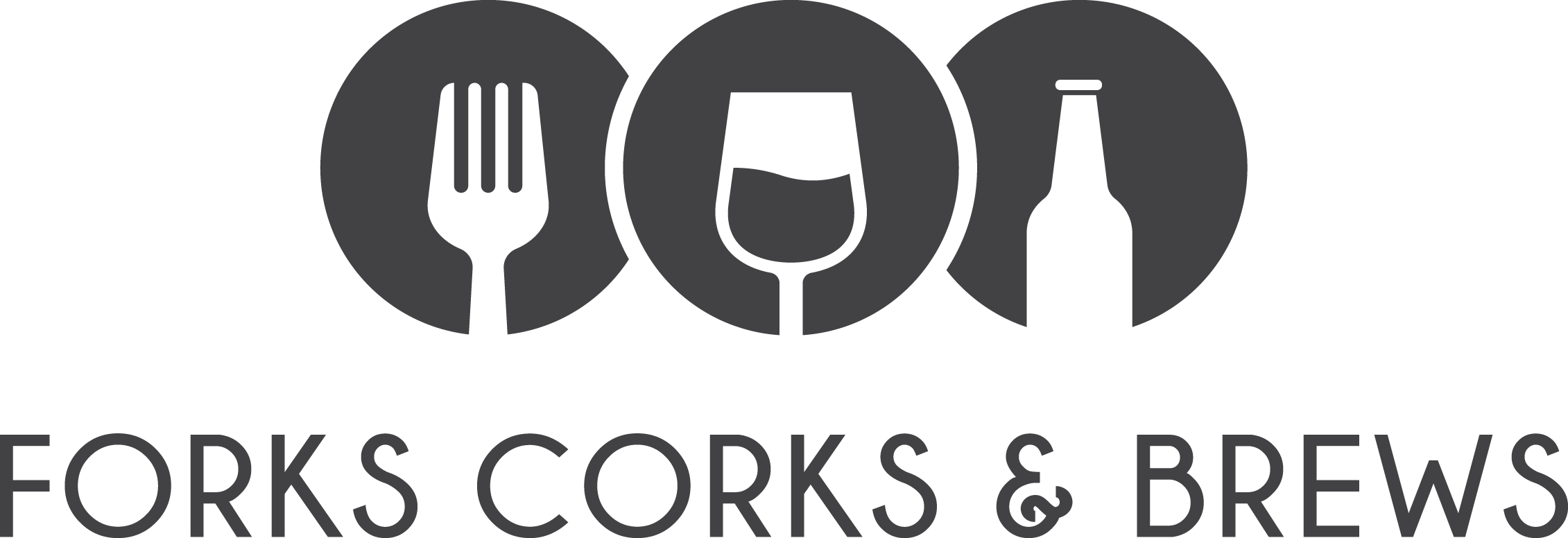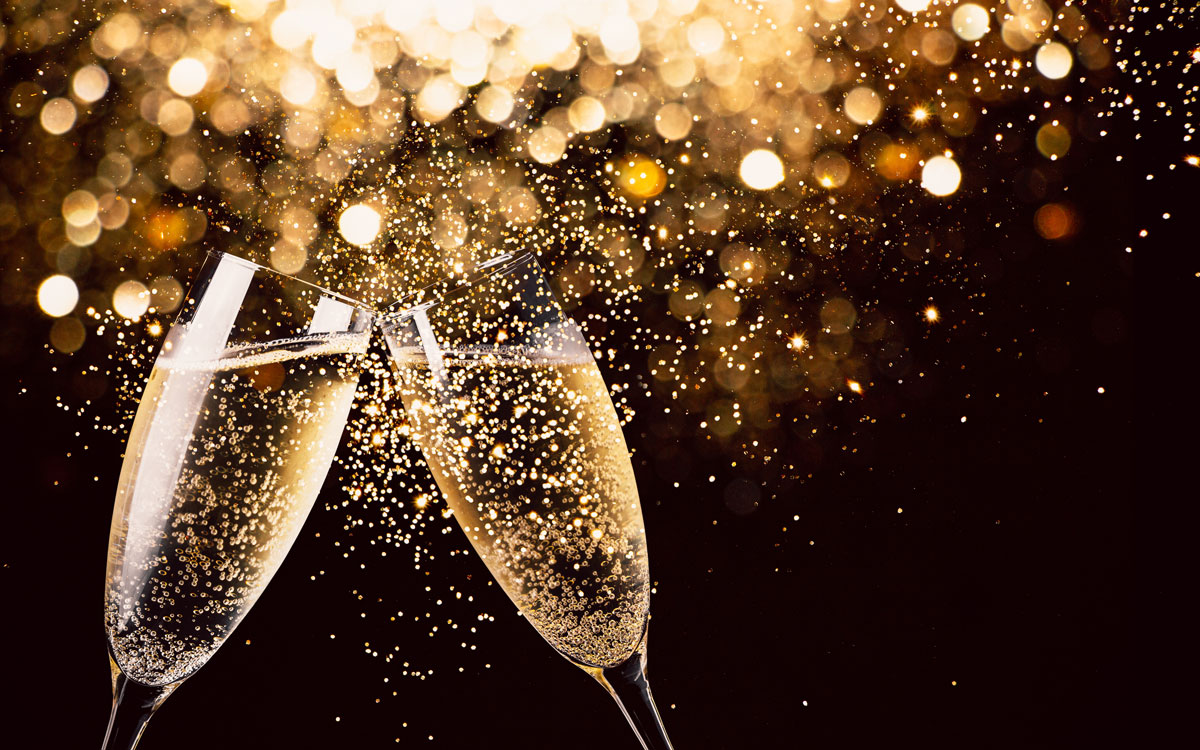Champagne, with its delicate bubbles and sparkly taste is a great option when entertaining. If you are serving a charcuterie board, do you know the best Champagne to pair with it?
Check out our suggestions to learn more about Champagne and how it pairs with charcuterie. Before we get into the best Champagne for charcuterie, here are some basic facts. We list our go-to Champagnes at the end. Because we have favorites, doesn’t mean they need to be yours. Experiment and find your own favorite.
What is Champagne?
Champagne is not a grape variety, however, it is a style of sparkling wine. Only sparkling wine produced in the wine region of Champagne, France can be labelled as Champagne. Therefore, you will know what to look for on the label.
Other sparkling wines made in France are called Crémants, which are made using the same traditional way as Champagne.
What Grapes Are Used in Champagne?
Champagne can only be made using three grape varieties.
- Chardonnay
- Pinot Noir
- Pinot Meunier
- Pinot Blanc, Pinot Gris, Petit Meslier, and Arbande can be used, but they make up a small amount of the planted vineyards
How is Champagne Made?
Wine producers in Champagne, France must follow certain rules about vineyard practices and pressing methods. Therefore, Champagne is always produced in the Methode Champenoise. This method consists of two steps of fermentation.
- First the grapes are fermented in the tank.
- Fermentation tanks can be stainless steel, new oak, neutral oak, or a combination of both oak and stainless steel
- There is one more type of Champagne fermentation tank, but it is not used very often
- In fact, one Champagne house we know of uses concrete for its fermentation tank
- The second fermentation takes place in the bottle. This step develops the bubbles.
What Are the Different Styles of Champagne?
- Non-Vintage
- Vintage
- Blanc de Blancs
- Blanc de Noirs
- Rose Champagne
What does Non-Vintage Mean?
- As it is a blend of different year’s harvests, this is the most common
- Ready to drink as soon as it is bottled
- Made with Pinot Noir, Pinot Meunier, and Chardonnay grapes
- Aged in the bottle for at least 15 months
How About Vintage?
- It is made with grapes from the same year, and is the most exclusive style
- Comprises only 5% of Champagne
- Can include any of the three grapes: Pinot Noir, Pinot Meunier, and Chardonnay.
- Is more difficult to make, and is always aged in the bottle for at least three years
- Vintage will be indicated on the bottle
- Is not made when weather conditions are not favorable
What Does Blanc de Blancs Mean?
- This Champagne is produced entirely from white grapes
- It is produced using only Chardonnay grapes
- Blanc de Blancs will be indicated on the bottle
What Does Blanc de Noirs Mean?
- Blanc de noirs means white wine from dark grapes
- It is produced with only the red grapes of Pinot Noir and Pinot Meunier
- It can be made with both red varieties
- Blanc de Noirs will be indicated on the bottle
How Is Rosé Champagne different than
- Rose Champagne is a pink colored style made from Pinot Noir and Pinot Meunier grapes
- Rose can be vintage or non-vintage
What Are the Best Champagnes For Charcuterie?
- Younger Champagnes with good acidity with light cheeses
- Aged Champagnes with cheddar, goat, and gouda cheeses
- Blanc de Blancs with Manchego cheese
- Rose Champagne with goat cheese and Tomme de Montagne cheese
- Vintage Champagne with cured meats, like prosciutto
- Extra-dry Champagne with salami or soppressata
- Most Champagnes with soft, creamy cheese like Brie, Camembert, Ricotta, and Mozzarella
- Non-vintage and Blanc de Noirs with Parmesan Reggiano and Manchego
- Rose Champagne with white meats like chicken or turkey
- Rose Champagne or Blanc de Noirs with red berries
What Are Some Good Charcuterie Choices?
- Potato chips, as the Champagne will cut through the fat in the chips
- Deep-fried foods like crab cakes, spring rolls, and calamari
- Crostini with cheese or vegetables
- Olives, as the Champagne will balance the flavor
- Most cheeses
- Strawberries, raspberries, peaches, and apricots
Why Does Champagne Pair Well With Charcuterie?
- Charcuterie brings out the best flavors in Champagne
- Food and wine become balanced with charcuterie and Champagne pairings
- Champagne pairs with many different foods due to its low alcohol level
- Champagne will not overwhelm the food
Can Some Foods Overwhelm the Taste of Champagne?
- Spicy foods, as they do not allow the taste of Champagne to come through
- Dark chocolate, as it will taste bitter against the Champagne
- Brussel sprouts, as they are bitter and strong in taste
- Tomatoes, as they are high in acidity which makes the Champagne taste flat
What Do We Think is the Best Champagne for Charcuterie?
- Non-Vintage for its light body, low alcohol, crisp bubbles, and citrusy mineral tastes
- Vintage for its richer taste, full body, and creamy tastes
- Blanc de Blanc for its dry, lighter taste with a lower alcohol and citrus minerality
- Blanc de Noirs for its richer, red berry flavor
- Rose for its red berries flavors and earthiness

What Do We Serve with Our Charcuterie?
- Cossy Champagne Premier Cru Brut – $52 (This Champagne is definitely one of our favorites.)
- Ruinart – $80
- Gaston Chiquet Brut Tradition – $45
- Deutz Brut Classic – $50
- Bruno Paillard, Brut Rosé Première Cuvée – $59
- Pommery Brut Royal Champagne – $45
- Laurent-Perrier Cuvée Rosé – $85
- Pol Roger Blanc de Blanc Brut Champagne, 2013 – $130
- Champagne Marie De Moy Premier Cru – $40
Some of these Champagnes carry a high price so don’t break the bank on buying one. Sparkling wines are an acceptable alternative to Champagne and they will cost much less.
Our Favorite Champagne Alternatives
- Crémant de Limoux Brut Classique by Françoise Gazeau $16
- Crémant de Limoux Brut Classique Rosé by Françoise Gazeau $17
- Mumm Napa Brut Rose $15
- Camossi Fanciacorta Extra Brut NV, Lombardy, Italy $34
- Louis Bouillot Crémant de Bourgogne Brut Rosé Perle D’Aurore $15
These are some of our favorite Champagnes, and they all go well with charcuterie. If you prefer cocktails then check out our French 75 Champagne Cocktail. It’s a perfect compliment to a charcuterie board appetizer.
If you need charcuterie appetizer ideas here is how to make a vegetarian charcuterie board. If you are looking for a fun and festive way to serve charcuterie make a Christmas tree charcuterie board.

